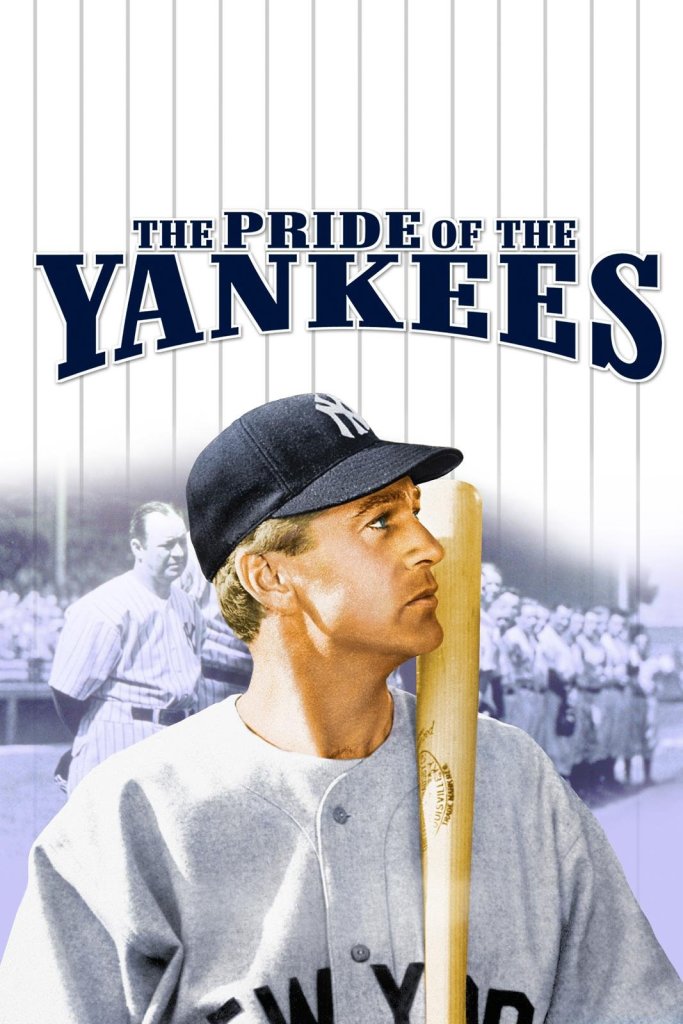
As another example of integrity, I’d like to share the inspiring life story of Lou Gehrig, told back in 1942 in the film Pride of the Yankees (although we just saw it last week). I couldn’t find anything about his spiritual life, but the hallmark of his life was integrity, personified in the Lou Gehrig Memorial Award which is still given annually to the MLB (Major League Baseball) player who best reflects Lou’s “integrity and character.”
Whether or not you’re a fan of baseball, I think you’d enjoy this playful and poignant account of Lou Gehrig’s life, which garnered 11 Oscar nominations and is often included in “most inspiring movie” lists. Gehrig was known as “The Iron Horse” for playing 2130 consecutive games in seventeen seasons without ever missing a game—not even when he had the flu, or broken fingers, or a temperature of 103°F. . . . or even for a honeymoon, although his wife said their whole life was a honeymoon.

But, maybe I should start with his childhood. I’m having trouble finding sources to corroborate the plot, so I’ll just share some of the highlights that I believe are probably true but can’t prove. Lou was almost 14 pounds when he was born and broke a lot of windows playing on the streets of New York City as a child! His parents were German immigrants, and his mother was determined that he’d become a successful engineer like his Uncle Otto so discouraged him from playing ball, considering it a useless pastime.
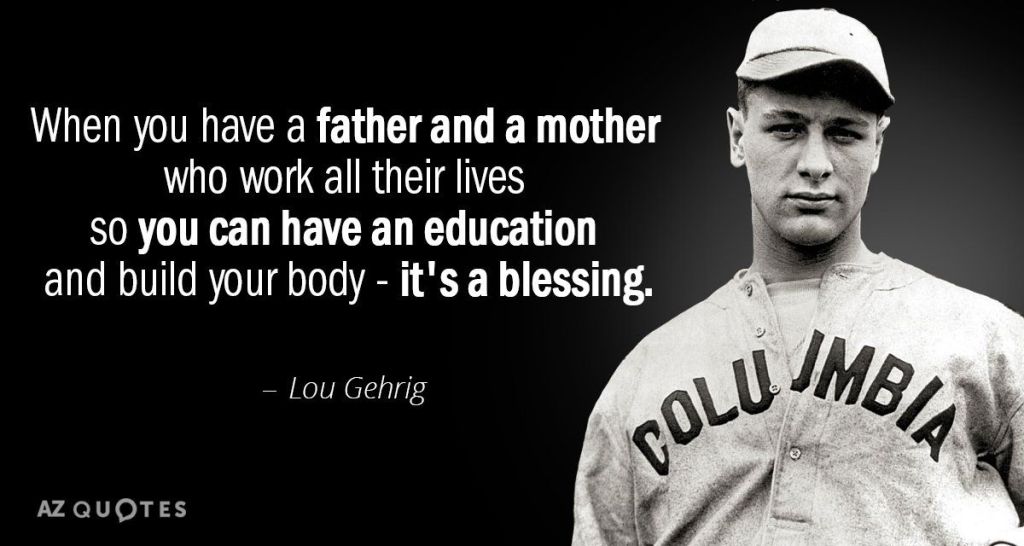
Lou was the only of his four sibs to survive childhood, and he called his mother his “best girl” almost until he was thirty. He was very devoted to helping her support their family because his father suffered from epilepsy, alcoholism and frequent unemployment. Therefore, Lou dutifully went off to Columbia to study engineering rather than pursue baseball, and it wasn’t until his mother became seriously ill that he signed on with the New York Yankees to help pay her hospital bills.
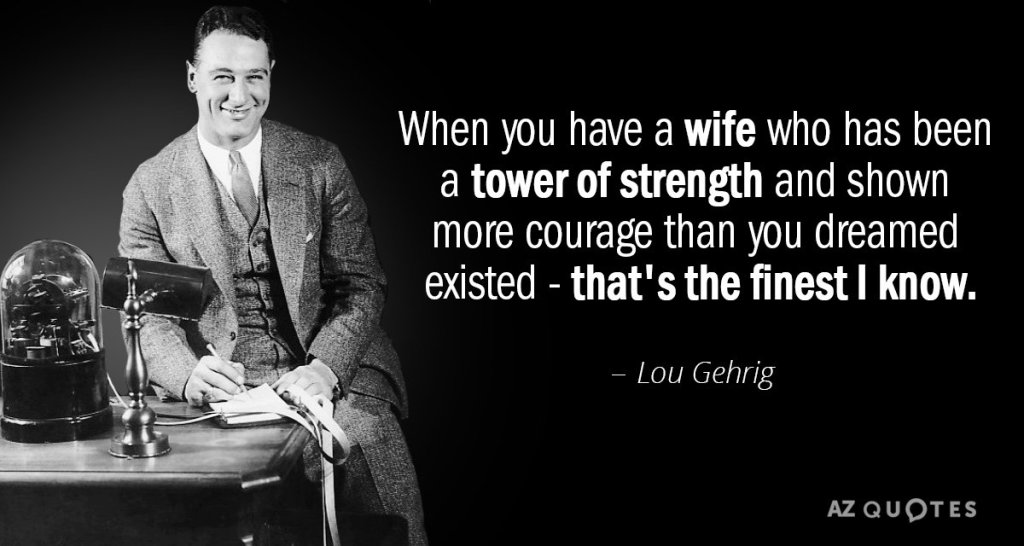
The part I’m not sure about is that his mother mistakenly thought he was going to “Harvard” rather than “Hartford” (where he attended baseball camp), and Lou’s father conspired with Lou to keep up the front by re-posting the letters his mother wrote him. It wasn’t until the neighbors got excited about his stellar career that Lou’s mother found out the truth, although she did become a great fan! In 1933 he married the beautiful Elanor Twitchell, who became his incredibly loyal wife. She was the one who said it was okay for them to go to a ball game rather than a honeymoon! Although he only survived six years after marrying Elanor, she never remarried, saying, “I had the best of it. I would not have traded two minutes of my life with that man for 40 years with another.”
The movie portrays Lou as unflappably steady and good, devoted to study, practice, sobriety, and faithfulness. At one point in the movie, when he’s late for his own birthday party, Elanor has to go fetch him. Although the viewer is led to fear he’s being unfaithful, Elanor says she knows exactly where he is, and she’s right: he’s busy helping a team of youngsters learn to play ball! Lou Gehrig was the picture of good character and humility and became a hero to an entire generation of kids. In 1934, Lou became the first athlete to be featured on Wheaties boxes, a breakfast cereal considered a “breakfast of champions” even today!
In 1938, Lou began to lose his touch, and on June 19, 1939—his 36th birthday— Lou was diagnosed with amyotrophic lateral sclerosis (ALS), a terminal motor neuron disease with no known cure, where the voluntary muscles progressively degenerate until all ability to move, chew, or even breathe is lost. He retired from ball immediately after his diagnosis but not before giving a goodbye speech at Yankee Stadium. Everybody loved Lou, and his gracious spirit has immortalized some of his parting comments, particularly his saying that despite his diagnosis, he considered himself to be “the luckiest man on the face of the earth.”
After his death in 1941, Elanor spent her life promoting research to cure ALS, and to this day, ALS is commonly referred to in the U.S. as “Lou Gehrig’s Disease.” My next-door-neighbor died of ALS some years ago. I bought her a whiteboard so she could write to me after she could no longer speak. It’s a tragic way to die. My neighbor knew Jesus was her savior and was at peace about dying despite her grief. I can only hope Lou felt the same. He was an inspiration to all and still holds up a light to those of us coming behind him eighty years later!

“But as for me, I will walk in my integrity: redeem me, and be merciful unto me.”
(Psalm 26:11)

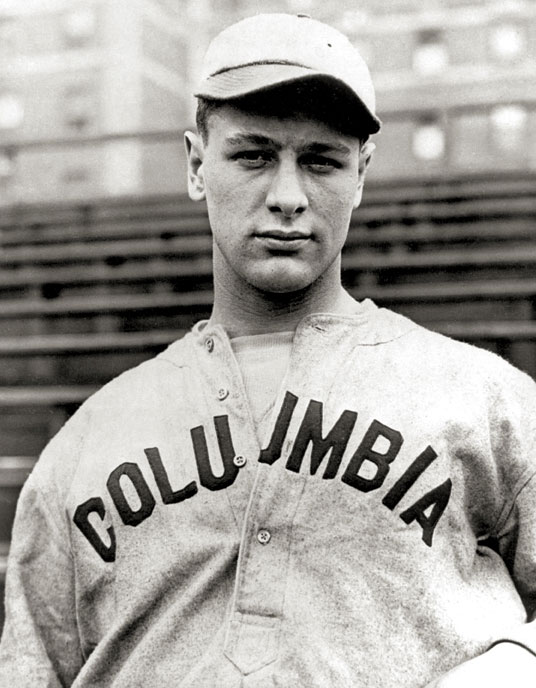
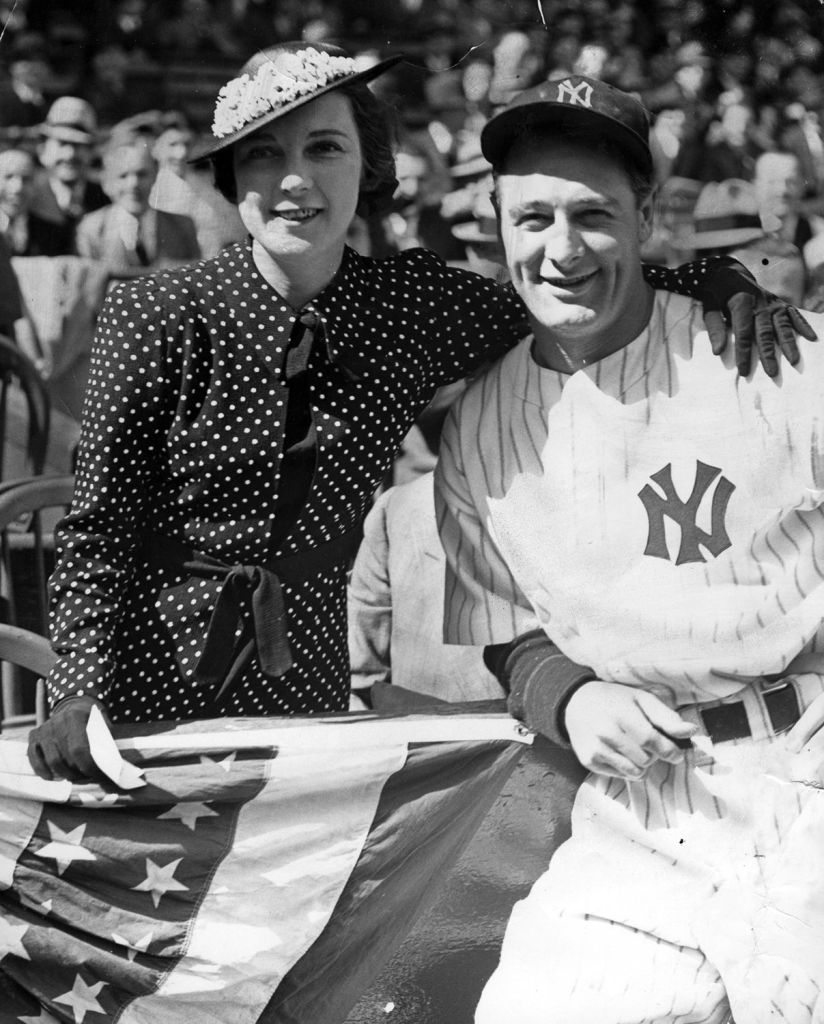

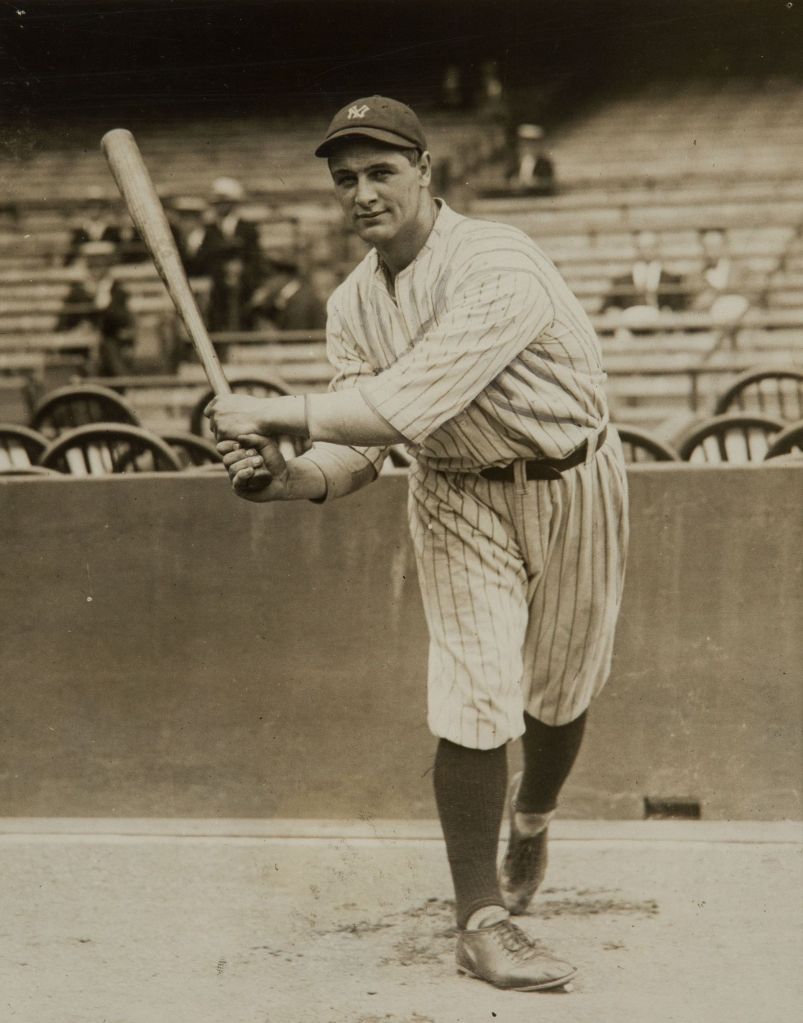
Well written. Hopefully my research work on ALS will make a difference soon, despite people are not prepared to believe in the cure. There is a huge mental conflict. Anyway thank you!
Thank you! Let me know when your research is out there!
Well, it already exists, but we need to get it reviewed yet, which will be tough. We are a small but hopefully growing community of young engineers formed to achieve re-targeting the currently mostly genetics aimed ALS research to alternative theory which is also backed by scientifc works (but neglected). If you want to know more, you may like to read this:
https://alsexperimentaltheory.com/2021/04/25/als-1kd-challenge-interview/
Thanks.
Thanks for making this available! I’ll check it out, and maybe some others will too!